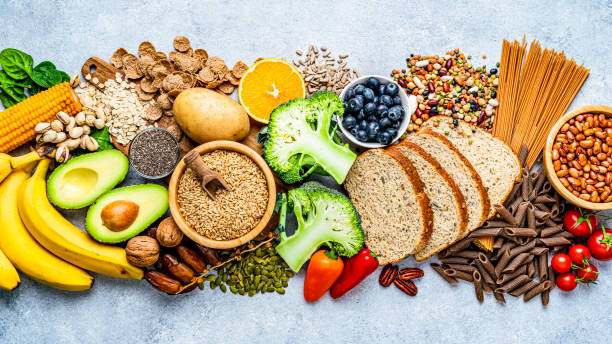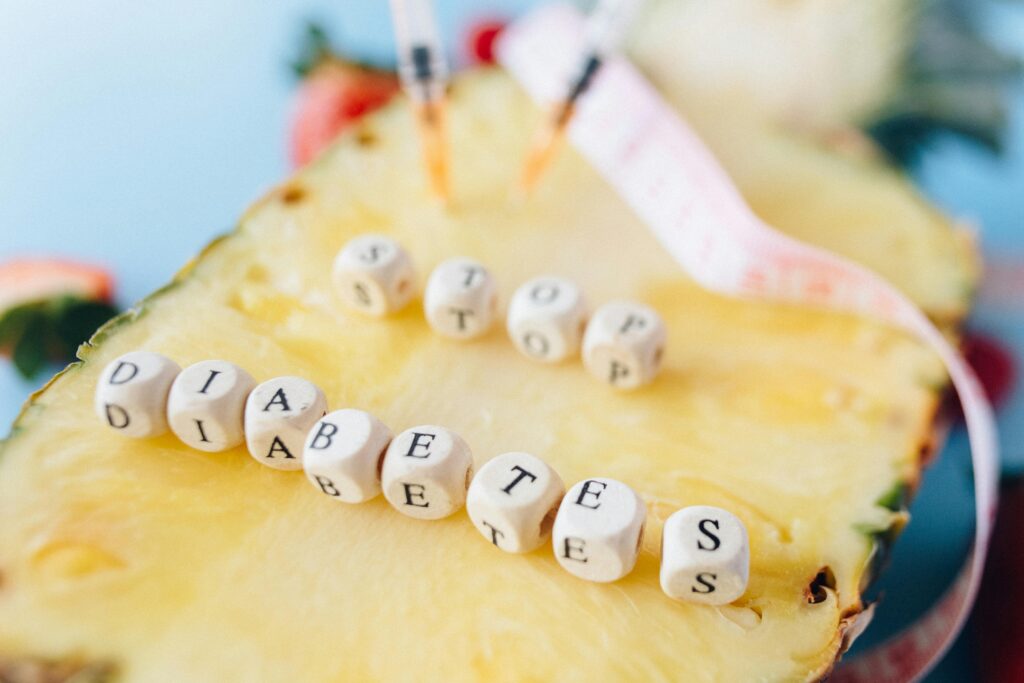Welcome to the fascinating world of diets, where a plethora of eating plans awaits to help you achieve your health and wellness goals. Whether you’re looking to lose weight, improve your energy levels, manage a health condition, or simply adopt a healthier lifestyle, there’s a diet out there to suit your needs and preferences. Let’s explore some popular diets and find the best fit for you: 1. Mediterranean Diet: Embracing the traditional eating patterns of countries bordering the Mediterranean Sea, this diet plan emphasizes fruits, vegetables, whole grains, legumes, nuts, seeds, olive oil, and moderate amounts of fish, poultry, and dairy. It’s rich in heart-healthy fats, fibre, antioxidants, and phytonutrients, and has been associated with numerous health benefits, including reduced risk of heart disease, stroke, and certain cancers. 2. DASH Diet (Dietary Approaches to Stop Hypertension): Developed to lower blood pressure and promote heart health, the DASH diet emphasizes fruits, vegetables, whole grains, lean proteins, and low-fat dairy while limiting sodium, saturated fats, and added sugars. It’s designed to prevent or manage hypertension and can also support weight loss and overall wellness. 3. Plant-Based Diet: A plant-based diet focuses on whole, minimally processed plant foods such as fruits, vegetables, grains, legumes, nuts, and seeds, while minimizing or excluding animal products. Plant-based eating has been linked to numerous health benefits, including reduced risk of chronic diseases like heart disease, diabetes, and certain cancers, as well as weight management and improved overall health. 4. Keto Diet (Ketogenic Diet): The keto diet is a high-fat, very low-carbohydrate eating plan designed to induce a state of ketosis, where the body burns fat for fuel instead of carbohydrates. It typically includes foods like meat, fish, eggs, high-fat dairy, nuts, seeds, and non-starchy vegetables while excluding or severely limiting carbohydrates like grains, fruits, starchy vegetables, and sugars. The keto diet has been shown to promote weight loss and may have benefits for certain health conditions like epilepsy and metabolic syndrome. 5. Paleo Diet: Inspired by the dietary patterns of our Palaeolithic ancestors, the Paleo diet focuses on foods presumed to have been available to early humans, including lean meats, fish, fruits, vegetables, nuts, and seeds, while excluding processed foods, grains, dairy, legumes, and refined sugars. Advocates of the Paleo diet believe it can improve overall health, support weight loss, and reduce the risk of chronic diseases by eliminating potentially inflammatory foods. 6. Intermittent Fasting: Intermittent fasting involves cycling between periods of eating and fasting, with various fasting protocols ranging from daily time-restricted eating windows to alternate-day fasting and periodic extended fasts. It’s believed to promote weight loss, improve metabolic health, and offer other health benefits by enhancing fat burning, regulating blood sugar levels, and promoting cellular repair and autophagy. 7. Flexitarian Diet: Combining the words “flexible” and “vegetarian,” the flexitarian diet encourages plant-based eating while allowing for occasional consumption of meat and animal products. It emphasizes fruits, vegetables, whole grains, legumes, nuts, and seeds as the foundation of the diet, with the flexibility to include animal products in moderation. The flexitarian diet is flexible, sustainable, and can promote overall health and weight management. 8. Whole30: The Whole30 program is a 30-day reset that eliminates potentially inflammatory foods like added sugars, grains, dairy, legumes, and processed foods from the diet. It encourages the consumption of whole, nutrient-dense foods like meat, fish, eggs, fruits, vegetables, nuts, and seeds while focusing on whole-food ingredients and cooking methods. The Whole30 program is designed to help identify food sensitivities, reset eating habits, and improve overall health and well-being. 9. Low-FODMAP Diet: The low-FODMAP diet is a temporary elimination diet designed to manage symptoms of irritable bowel syndrome (IBS) and other digestive disorders by reducing intake of certain fermentable carbohydrates (FODMAPs) that can trigger gastrointestinal symptoms. It involves eliminating high-FODMAP foods like certain fruits, vegetables, grains, legumes, and dairy products for a period of time, then gradually reintroducing them to identify individual triggers and establish a personalized diet plan. 10. Weight Watchers (WW): Formerly known as Weight Watchers, WW is a popular commercial weight loss program that uses a points-based system to help individuals make healthier food choices and manage portion sizes. It emphasizes a balanced diet of whole, nutrient-dense foods while providing support, accountability, and education on healthy eating habits, physical activity, and behaviour change. When choosing a diet plan that’s right for you, consider your individual health goals, preferences, lifestyle, and any dietary restrictions or medical conditions you may have. It’s important to consult with a healthcare professional or registered dietitian before making significant changes to your diet, especially if you have underlying health concerns or are unsure about which diet is best suited to your needs. Remember that the most effective diet is one that is balanced, sustainable, and promotes overall health and well-being for the long term. Happy exploring, and here’s to finding the best fit for you on your journey to health and wellness!










